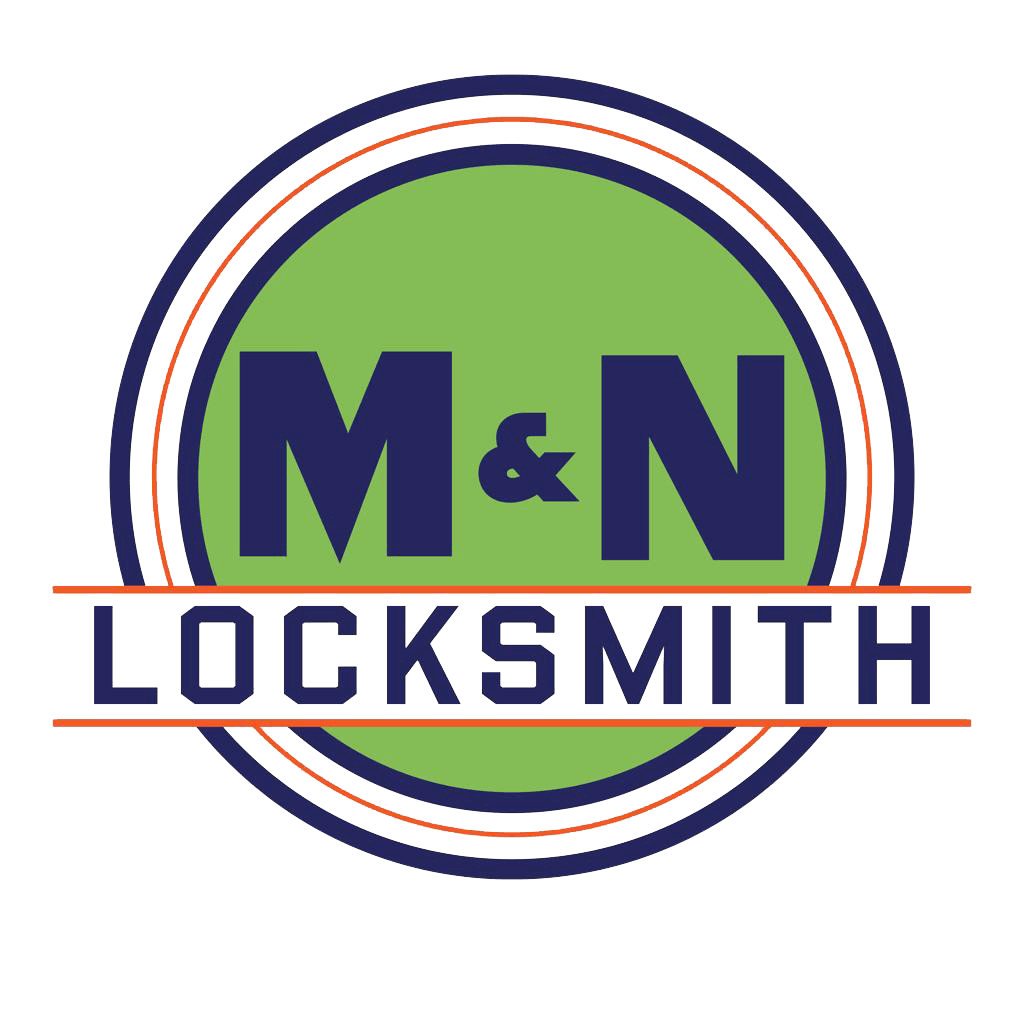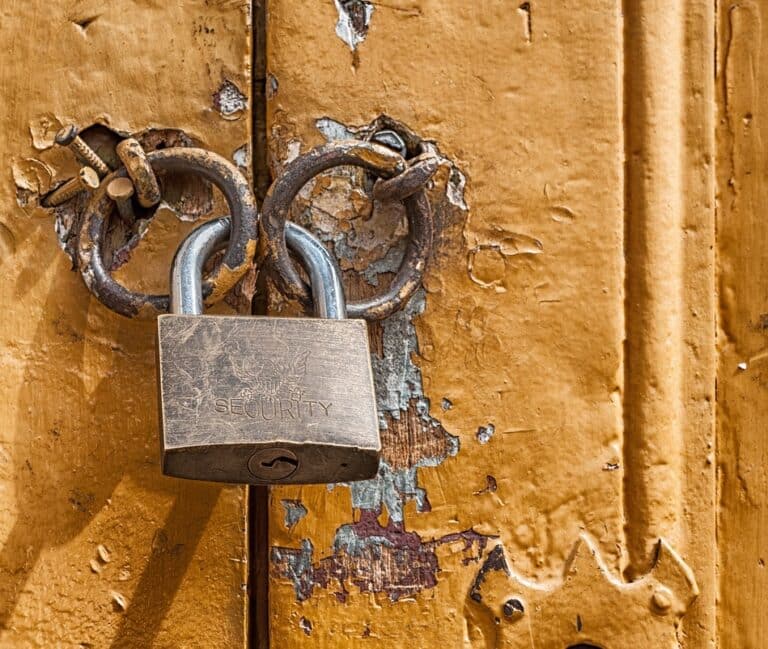A robust and dependable door lock is one of the first lines of defense when it comes to home security. Locksmiths were the people who would put door locks for house owners back in the day. However, the do-it-yourself (DIY) culture has taken root, and many homeowners now prefer to do lock installation on their own.
This article will provide an insight into the following;
- Pros and Cons of DIY Door Lock Installation
- Safety Considerations
- Tools and Materials Needed
- Step-by-Step Guide To DIY Door Lock Installation
- Common Mistakes To Avoid
- Alternative Options
- Cost Comparison: DIY Vs. Professional Services
Pros of DIY Door Lock Installation
- Cost-effectiveness: One of the clear advantages linked to DIY is that installing a door lock by oneself could be much cheaper. By engaging yourself with these installations, there are chances that you may not need to pay a locksmith for labor costs. This can be particularly advantageous if you have several doors which require new locks.
- Flexibility: There’s a lot of flexibility when it comes to choices available about choosing from various types of locks on sale today during DIY door lock installation. Whichever one is between the traditional deadbolt or something advanced such as smart locks which are preferred by some one person is his or her decision-making prerogative only; this gives them the freedom while looking for what suits him or her best.
- Empowerment: There’s a certain level of satisfaction that comes with completing a DIY project. By installing your door lock, you can gain a sense of empowerment and accomplishment. You’ll have the confidence to tackle other home improvement projects in the future.
Cons of DIY Door Lock Installation
- Lack of Expertise: As simple as do-it-yourself (DIY) installations may sound, some level of expertise is necessary in order to ensure effective performance. In case you don’t understand how exactly you should install your new lock at hand, it means that your house security might be compromised due to mistakes made during installations; wrong fitting could lead to lock failures and even break-ins.
- Time and Effort Required: Putting up a door lock may take time, especially if it becomes the first time that you’re doing it. It requires accuracy as well as keenness when making sure that the lock is in its right position and is correctly functioning. In case you are short of time or would rather not go through such an experience, then hiring a professional locksmith is preferable.
- Limited Warranty: Although most door lock manufacturers provide a warranty for their products; most warranties will be void if the locks were not installed by a professional locksmith. You are responsible for all repair/replacement costs should any faults occur on the lock that was installed by somebody else apart from an expert.
Safety Considerations for DIY Door Lock Installation
It’s important to consider safety implications before embarking on a DIY door lock installation project. Some key factors to bear in mind include:
- Security Standards: Ensure that the lock you choose meets industry security standards. Look for locks that are resistant to picking, drilling, and forced entry. To obtain correct information concerning the best locks, read reviews or engage experts in business-related security matters.
- Proper Installation: Carefully follow the manufacturer’s instructions to install properly. Attention has to be paid to aspects like alignment, screw tightening, and installation of strike plates. Any errors during this process can lead to loss of efficacy in locking mechanisms.
- Testing & Maintenance: Test thoroughly after installing it to ascertain its functionality. Consistently check up on it to rectify any small defects before they turn into major issues requiring national security intervention.
Tools and Materials Needed for DIY Door Lock Installation
To successfully install a door lock, you’ll need the following tools and materials:
- Locks: Select a lock to fit your needs and tastes, such as the lock mechanism, the latch, the strike plate, and any other extra features like keyless entry or smart capabilities.
- Screwdriver: One screwdriver is needed for removing the old lock and putting in the new one. Make sure that you have got a screwdriver which can be used on screws that are found on your lockset.
- Drill and Drill Bits: You will need to use drill bits with drills if there are new holes required for the lockset on your door. Take measurements very carefully and follow instructions by manufacturers to ensure correct hole placement.
- Chisel: The latch and strike plate may need recesses created using a chisel. Use a sharp chisel and take time cuts should be clean.
- Tape Measure and Pencil: Tape measure would be useful for accurate measurement that would help ascertain where to place locks or make holes. For installation purposes, use a pencil when making measurements.
Step-by-Step Guide to DIY Door Lock Installation
Follow these steps to successfully install a door lock:
- Remove the Old Lock: Start by removing an existing lock from the door. Unscrew the mounting screws, and take off a whole mechanism of a lock from the rails on which it is put.
- Prepare the Door: In some cases, chisels might be necessary to create some space for latches as well as strike plates. Also, determine the right position at which the conduction of this procedure can begin before marking it down.
- Install the Lockset: Place a locking device inside of your door; see whether it matches up with its target areas (latch or plate). Screw into place using provided screws.
- Test the Lock: Close the door after installation just to verify if everything works correctly. The latch should go smoothly both ways while turning from the open state into the closed state must not meet any problems whatsoever.
- Install the Strike Plate: Using the screws that are provided, attach the strike plate to the door frame. In addition to this, ensure that a latch perfectly fits into a lock hole.
- Final Adjustments: For proper alignment and functioning, make adjustments that are required for a lockset, latch, or strike plate. Afterward, tighten all screws properly.
Common Mistakes to Avoid During DIY Door Lock Installation
To ensure a successful DIY door lock installation, avoid the following common mistakes:
- Misaligned Lockset: If the location of your lockset is not right on its point of convergence with plates or latches then it may be impossible for you to open and shut it. This will necessitate careful placement where the entire mechanism would adjust itself correctly upon turning off and on (lock).
- Inadequate Hole Preparation: Failure in preparing well holes for locks through which they could insert into doors might end up creating loose fittings or improper functionality as well. Use clean tools according to the manufacturer’s design guidelines when making them.
- Over-Tightening Screws: Nevertheless, over-tightening screws used to fix both locksets and strike plates can lead to the destruction of either doors or locks themselves. Without causing harm use enough pressure to keep screw heads against the substrate.
Alternative Options for DIY Door Lock Installation
If the idea of DIY door lock installation seems daunting or you prefer to leave it to the professionals, there are alternative options available:
- Professional Locksmith: A professional locksmith will offer you the correct setting of your door locks which would correspond with stipulated rules set by manufacturers. They may also advise on the best kinds of security systems suitable for you in particular circumstances.
- Home Security Companies: Many home security companies also offer door lock installation services in their packages and often provide comprehensive security solutions including alarm systems and surveillance cameras.
Cost Comparison: DIY vs Professional Door Lock Installation
The cost of installing a door lock yourself versus having it professionally installed can vary depending on several factors. However, some things to consider include:
Time and Effort
DIY installation will require you to spend time and effort on it. But if you are busy or do not want the hassles, then engaging a professional locksmith could be more convenient for you.
Quality and Expertise
Professional locksmiths know how to correctly install your door lock with expertise due to an experience they have obtained over the years. Besides, they can guide you on what types of locks suit your needs best.
Warranty and Support
Mostly warranties and support come along the side of professional installation, where one can be confident that in case there is something wrong with your lock, then you need an expert locksmith who will fix that for you.
Conclusion
To sum up, DIY door lock installation has both its advantages and disadvantages. It saves money as well as offers flexibility and self-sufficiency. However, it calls for special skills, time, and much attention. But before deciding whether to install your door lock, think about whether or not you are comfortable handling do-it-yourself projects, whether or not this is something that would fit into your schedule, and most importantly, the effect this may have when it comes to security in your home.
Hiring a professional locksmith or using the services of a home security company are reasonable alternatives if you’re unsure or just prefer leaving it up to professionals. Making choices depends entirely upon individual situations which differ among us.
Whether it’s DIY door lock installation or professional door lock installation the emphasis should always be put on ensuring that our homes are secure and that the door lock is also properly installed and functioning.
Frequently Asked Questions
1. Can I install a door lock myself if I have no prior experience?
Yes, even with no prior experience you can still install a door lock yourself. It is however important to research thoroughly and follow the manufacturer’s instructions for proper installation.
2. Are smart locks suitable for DIY installation?
Yes, most smart locks can be easily installed by homeowners themselves. In many cases, they come with detailed instruction manuals or video tutorials on how to go about the process.
3. Do I need any special tools for DIY door lock installation?
While basic tools such as screwdrivers and drills are necessary, most homeowners use common household items to install their door locks. Consult your manufacturer’s manual to know whether there are some specific tools that you must have.
4. What should I do if I encounter difficulties during DIY door lock installation?
If you encounter difficulties during installation consult either the manufacturing company look online or ask advice from professional locksmiths.
5. How often should I replace my door locks?
Replace door locks every five to seven years or sooner if signs of wear and tear or damage are observed.


